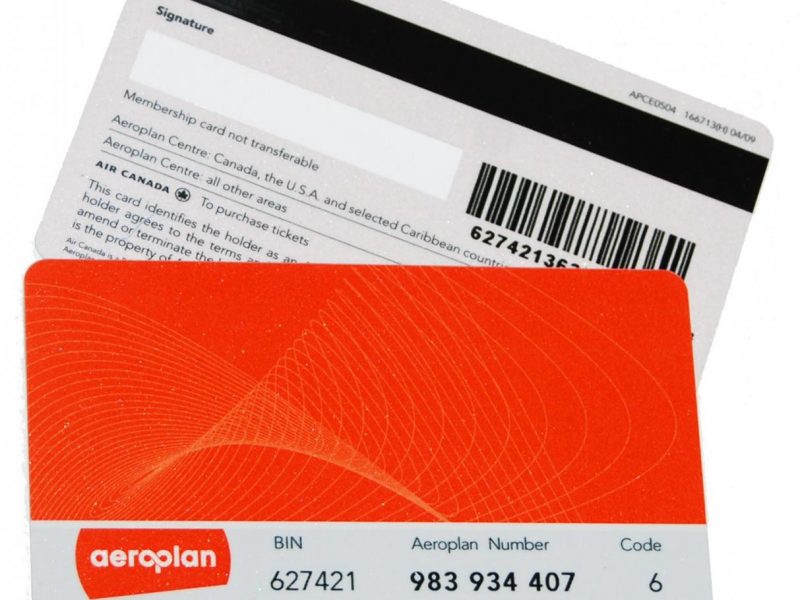Ottawa’s worst-kept secret is now official. The federal government of Canada announced Monday that it will remove all COVID-19 entry restrictions, as well as testing, quarantine, and isolation requirements for anyone entering Canada, effective October 1, 2022.
In a release, the government said that several factors lead to the decision to lift border measures, including modelling that indicates that Canada has largely passed the peak of the Omicron BA.4 and BA.5 wave along with the country’s high vaccination rates, lower hospitalization and death rates, as well as the availability and use of vaccine boosters (including new bivalent formulation), rapid tests, and treatments for COVID-19.
Effective October 1, 2022, all travellers, regardless of citizenship, will no longer have to:
- submit public health information through the ArriveCAN app or website
- provide proof of vaccination
- undergo pre- or on-arrival testing
- carry out COVID-19-related quarantine or isolation
- monitor and report if they develop signs or symptoms of COVID-19 upon arriving to Canada.
Transport Canada is also removing existing travel requirements. As of October 1, 2022, travellers will no longer be required to:
- undergo health checks for travel on air and rail
- wear masks on planes and trains.
Although the masking requirement is being lifted, all travellers are strongly recommended to wear high quality and well-fitted masks during their journeys.
Cruise measures are also being lifted, and travellers will no longer be required to have pre-board tests, be vaccinated, or use ArriveCAN. A set of guidelines will remain to protect passengers and crew, which will align with the approach used in the United States.
The government is still recommending that individuals should not travel if they have symptoms of COVID-19. If travellers become sick while travelling, and are still sick when they arrive in Canada, they should inform a flight attendant, cruise staff, or a border services officer upon arrival. They may then be referred to a quarantine officer who will decide whether the traveller needs further medical assessment as COVID-19 remains one of many communicable diseases listed in the Quarantine Act.
The Government of Canada also reminds travellers to make informed decisions when considering travel outside of Canada to protect their health and safety. They are encouraged to review the travel health notices at https://travel.gc.ca/travelling/advisories for more information on safe travel.
While some observers believe the decision by the ruling Liberal government is motivated by domestic politics, and that may be part of it, the truth is that a long list of countries have been lifting their own travel restrictions in recent weeks.
What will be interesting is if the pandemic, which World Health Organization officials have warned the rich countries of the world is not over, spawns more virulent variants. How quickly will governments be willing to reimpose travel restrictions?

